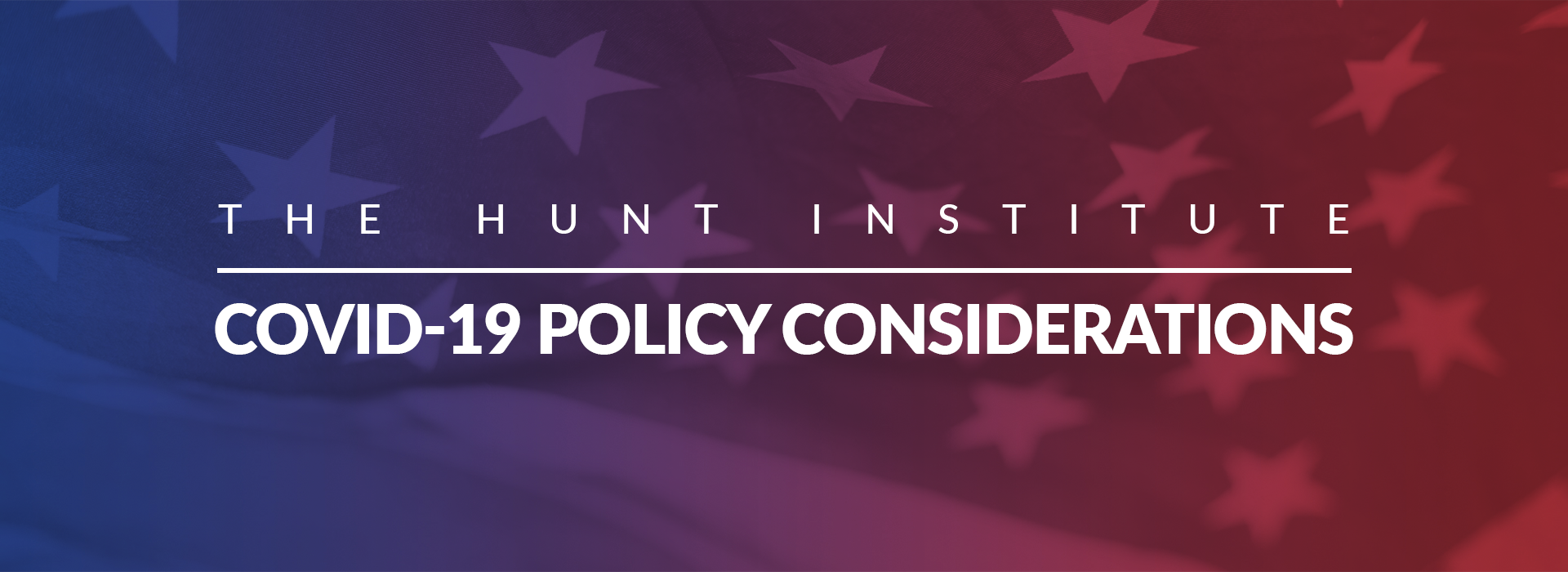

May 6, 2020
Updated: November 20, 2020
The coronavirus pandemic, and the stay-at-home orders, partial economic shutdowns, and transition to remote learning that followed, have brought many challenges to child well-being, among those challenges being the rise in child abuse and neglect. As stated in the Federal Child Abuse Prevention and Treatment Act (CAPTA)(42 U.S.C.A. § 5106g), amended by the CAPTA Reauthorization Act of 2010, child abuse and neglect, at a minimum, is “any recent act or failure to act on the part of a parent or caretaker, which results in death, serious physical or emotional harm, sexual abuse or exploitation; or an act or failure to act which presents an imminent risk of serious harm.” In the initial stages of lockdowns, Connecticut, California, Michigan, Kentucky, New Hampshire, and Louisiana all reported double-digit percentage decreases in reports to child maltreatment hotlines. Additionally, reports declined by 50 percent in Ohio, declined by nearly one third in Maryland, and declined significantly in Montana and across New England. Policymakers, stakeholders, and law enforcement should be aware that decreases in reporting do not reflect decreased cases of child abuse and neglect; in fact, it is often the opposite. In the summer, cases of child abuse rose in some parts of the United States, including a 20 percent increase in child abuse cases in Fayetteville, Arkansas.
Economic recessions and other stress-inducing events like the current pandemic tend to lead to an increase in child abuse and neglect. After the Great Recession, for example, a study of nine-year-old children and their families found that, for study participants, the economic stress, job loss, and home foreclosures were linked to parenting behaviors associated with Child Protective Services being called. Similarly, child neglect cases continued to increase following the 1990 recession, one that lasted eight months. These spikes were seen even after the economy had begun to turn around.
Even if incidences of child abuse and neglect are short-lived, the effects of such incidences are not. As stated by the National Institutes of Health, child abuse and neglect can lead to several long-term consequences, including “…mental health disorders, sexually-transmitted infections, unwanted pregnancies, and substance abuse.”
The rise in cases of child abuse and neglect is not endemic to the United States. In the first month of economic shutdowns in the United Kingdom, 10 children were brought to the Great Ormond Street Hospital in London for cases of abusive head trauma, which included cases of brain bleeding and skull fractures. The monthly average for such cases at this hospital was 0.67 cases in the three years preceding the shutdown. UNICEF is also researching the impact the pandemic is having on child abuse and neglect on an international scale, finding that South Asia has the highest proportion of countries reporting disruptions in services related to violence against children, followed by Eastern Europe and Central Asia.
States, districts, and schools are scrambling to find solutions to the under-reporting of child abuse and neglect. Existing systems heavily rely on the in-person institutions that children typically interact with daily – especially schools. However, state and local leaders are trying different approaches; below are examples of state and local actions to address the decrease in reporting calls, connect vulnerable families with appropriate resources, and hopefully prevent abuse or neglect.
After recognizing the decrease in reporting, Missouri KidsFirst released a set of resources for all community members to use in spotting suspected child abuse. The #Essential4Kids campaign provides guidance to the community-at-large on what to look for and asks that if a community member suspects a child is being abused, to report it using the state’s reporting hotline. It emphasizes that reporting suspicions is not an accusation and could potentially help families acquire resources needed during this time or stop a child from being abused.
In Montana, the Great Falls Public Schools is using virtual interactions with children and families to keep in touch. During these touchpoints, teachers have been encouraged to be more attentive to any changes in behavior, and ultimately if they suspect abuse or neglect, they are asked to report it. The district has partnered with local agencies and nonprofits to help them connect vulnerable children and families with resources such as mental health therapy. The district is also scheduling home visits with children they haven’t been able to make consistent contact with, primarily to understand any needs the family has and to determine if any abuse or neglect is occurring.
In Los Angeles, the Sheriff’s Department, Special Victims Unit, and Department of Children and Family Services worked together to develop a plan to target vulnerable children. This collaborative model can ensure that multiple agencies are able to put forth a concerted effort in responding to suspected child abuse. These efforts hope to prevent abuse, encourage community efforts to report suspected abuse, and connect vulnerable families with resources during this difficult time.
In October, the Washington State Department of Health (WDOH) released updated guidance for educators on recognizing and reporting child abuse and neglect in online education settings. In this guidance, the WDOH lays out a series of key considerations regarding child abuse and neglect for educators engaging with students via remote learning, including the following:
The document also provides information for educators for recognizing potential signs of abuse or neglect, which include the following:
Questions to Consider in Addressing Child Neglect and Abuse
As state leaders grapple with the many intricacies of policy responses to mitigate damage from the COVID-19 pandemic, they must ensure the systems in place to report suspected abuse and neglect continue to function, while offering guidance to school districts, child care facilities, and other critical partners to keep children safe. Some questions policymakers should consider are below.